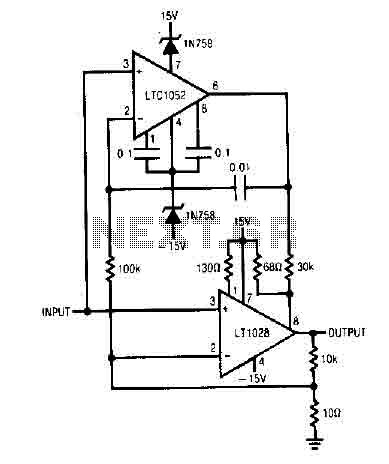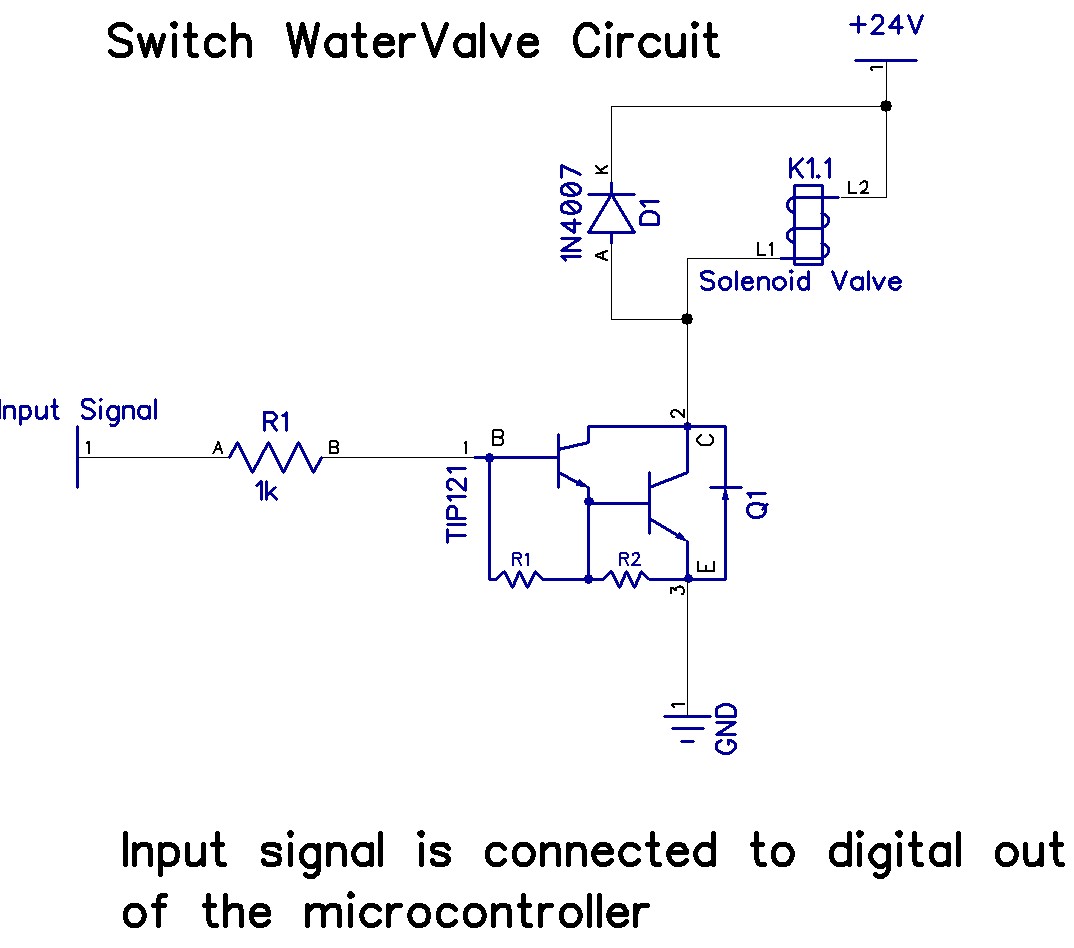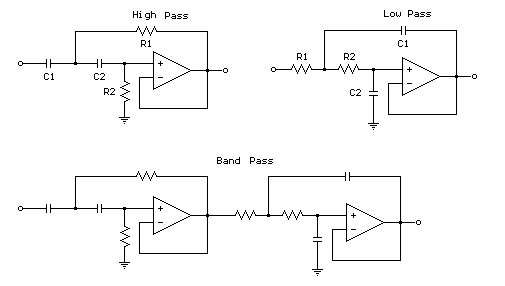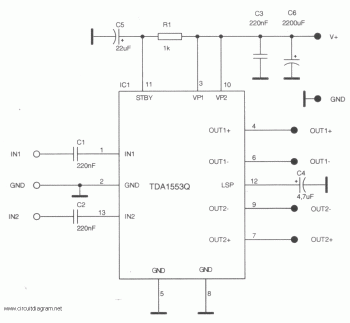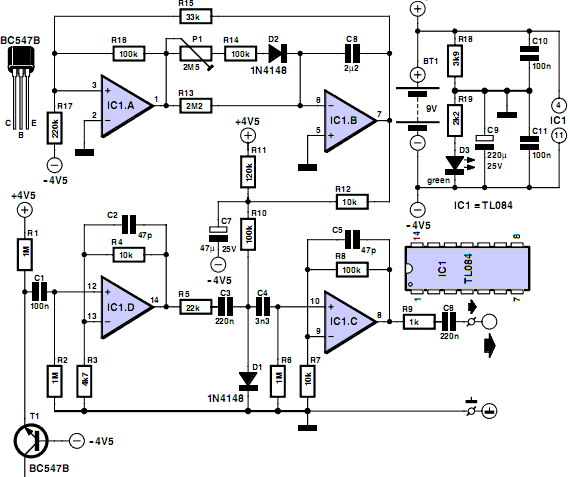
ECG Simulator Schematic
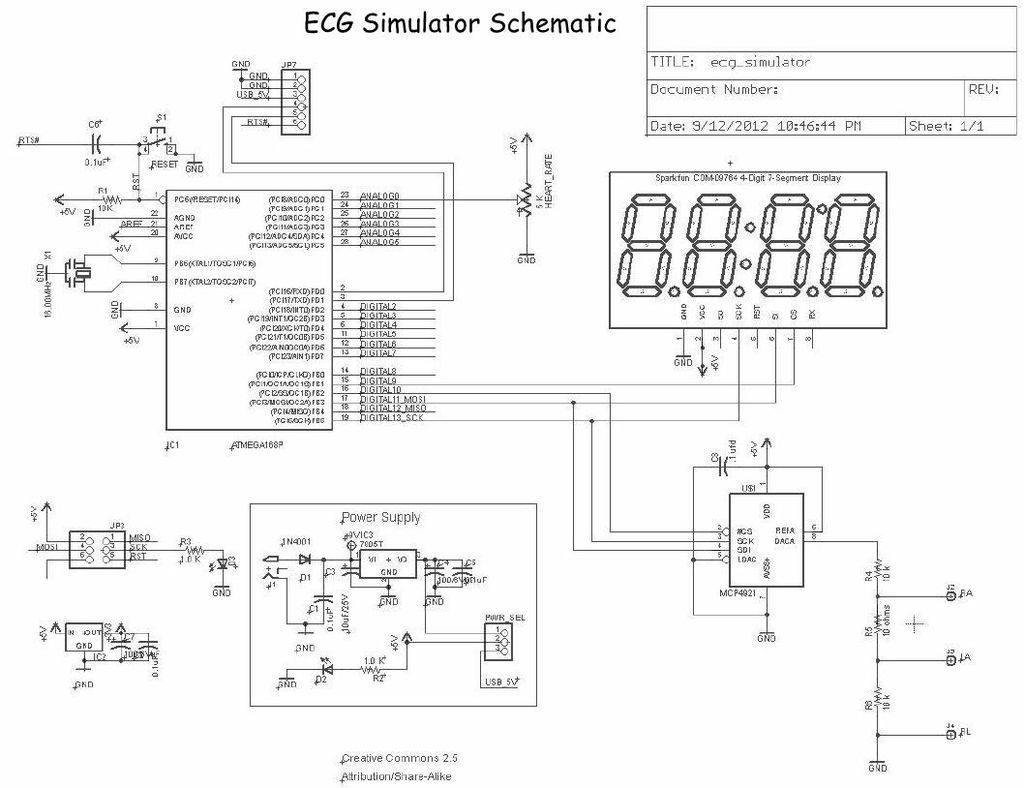
Below is the final schematic for the Menta ECG Simulator project. LadyAda's Eagle schematic for the Menta was used as a starting point.
The Menta ECG Simulator project is designed to emulate the electrical signals produced by the heart, providing a valuable tool for testing and calibrating electrocardiogram (ECG) equipment. The schematic incorporates various electronic components that work together to generate realistic ECG waveforms.
The circuit typically includes operational amplifiers configured to create the desired signal shapes, resistors to set gain levels, and capacitors to filter noise and stabilize the output. A microcontroller may also be integrated into the design to allow for programmable waveform generation, enabling the user to simulate different heart conditions by adjusting parameters such as heart rate and rhythm.
Power supply considerations are crucial, with the circuit requiring a stable voltage source to ensure accurate signal generation. Additionally, isolation techniques may be implemented to protect both the simulator and any connected ECG devices from electrical interference or damage.
Output connections are designed to interface seamlessly with standard ECG equipment, often utilizing BNC connectors for ease of use. The final schematic should be thoroughly tested to validate the performance of the simulator under various operating conditions, ensuring it meets the necessary specifications for clinical or educational applications.Below is the final schematic for the Menta ECG Simulator project. LadyAda`s Eagle schematic for the Menta was used as a starting point and I simply ad.. 🔗 External reference
The Menta ECG Simulator project is designed to emulate the electrical signals produced by the heart, providing a valuable tool for testing and calibrating electrocardiogram (ECG) equipment. The schematic incorporates various electronic components that work together to generate realistic ECG waveforms.
The circuit typically includes operational amplifiers configured to create the desired signal shapes, resistors to set gain levels, and capacitors to filter noise and stabilize the output. A microcontroller may also be integrated into the design to allow for programmable waveform generation, enabling the user to simulate different heart conditions by adjusting parameters such as heart rate and rhythm.
Power supply considerations are crucial, with the circuit requiring a stable voltage source to ensure accurate signal generation. Additionally, isolation techniques may be implemented to protect both the simulator and any connected ECG devices from electrical interference or damage.
Output connections are designed to interface seamlessly with standard ECG equipment, often utilizing BNC connectors for ease of use. The final schematic should be thoroughly tested to validate the performance of the simulator under various operating conditions, ensuring it meets the necessary specifications for clinical or educational applications.Below is the final schematic for the Menta ECG Simulator project. LadyAda`s Eagle schematic for the Menta was used as a starting point and I simply ad.. 🔗 External reference

